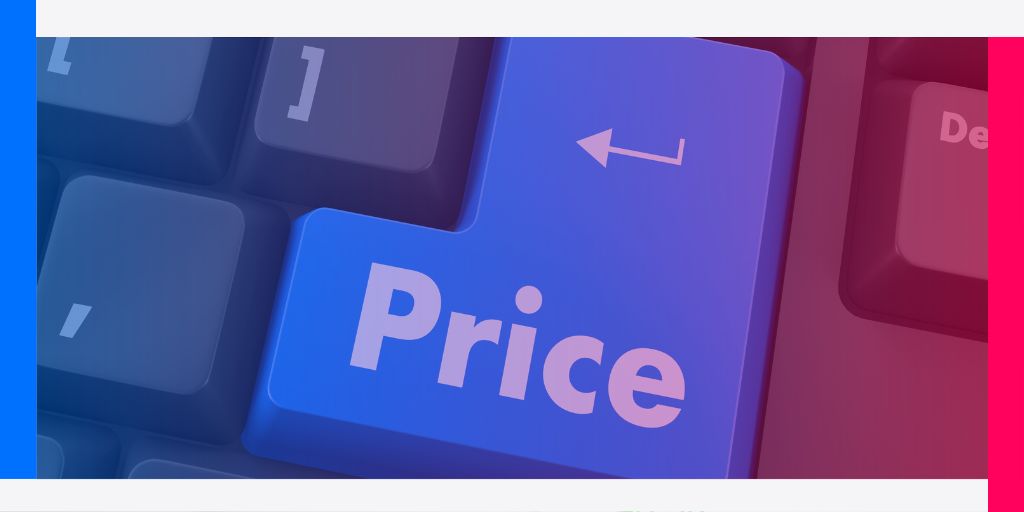
How to avoid common dynamic pricing strategy pitfalls
06/12/2023 - Dynamic pricing
More and more companies are jumping on the dynamic pricing bandwagon to optimize prices and stay one step ahead of changes in supply and demand. However, when changing prices and defining a suitable strategy for your eCommerce and your target audience, don’t believe that anything goes. A step-by-step plan is crucial to ensure you remain consistent and avoid the many dynamic pricing pitfalls that may cause you to fail to generate expected profits. We explain below.
Define a dynamic pricing strategy consistent with your brand image and goals
Switching to dynamic pricing does not have to be synonymous with constantly changing the price of every product in your portfolio. It should mean changes that make sense, that will help you outperform competitors and attract a greater volume of consumers. Otherwise, offering prices removed from your identity or your profit margin may damage your brand image. This is also why price changes must fall within previously set business and pricing parameters or rules. Determining your goals, strategy, and rules will also help you avoid starting price wars with competitors and aid price calculations.
Keep prices consistent across all your sales channels
Another mistake often found in dynamic pricing is failing to maintain consistent prices across different sales channels and devices. In multi-channel businesses, consumers must perceive consistency. For example, you can offer exclusive discounts for mobile purchases. However, avoid publishing different prices without a clear explanation, both online and in-store.
Apply dynamic pricing to the final selling price
One of the objectives of dynamic pricing is to boost the conversion rate. This is why it is vital to remember that the customer makes the purchase decision based on the final price they will pay, including taxes, shipping costs, handling fees or any other added costs. Therefore, your dynamic pricing strategy must boost the value proposition they choose. In other words, it must go hand in hand with the combination of promotions, personalized offers, lead times, and shipping costs that make the sale possible.

Analyze each product’s perceived value and customers’ expectations
One of the most prevalent dynamic pricing oversights is failing to consider what consumers expect, both in terms of the value of each product and the frequency with which prices change. You must analyze and determine this in a personalized way for every article and each buyer persona. Some products, such as fashion or technology, lend themselves to more changes, while higher-priced products tend to be more stable. If the customer does not expect it, a very radical change or one they consider out of place can make them dissatisfied with the brand and maybe abandon the basket. It is, again, essential to have the right pricing rules to adapt prices to users’ expectations.
Test, evaluate and automate your price changes
One thing that dynamic pricing makes possible is testing to identify the most appropriate prices. This will help you increase profitability and contribute to the company’s growth. Starting with your dynamic pricing strategy, you can also automate price changes with self-learning artificial intelligence software like Reactev. This software adapts product catalogue prices to market needs. At the same time, it respects your rules and considers each variable, such as not reducing the profit margin or not increasing prices by more than a certain percentage. It saves the brand or retailer time, improves accuracy, and increases profitability.
Category: Dynamic pricing
